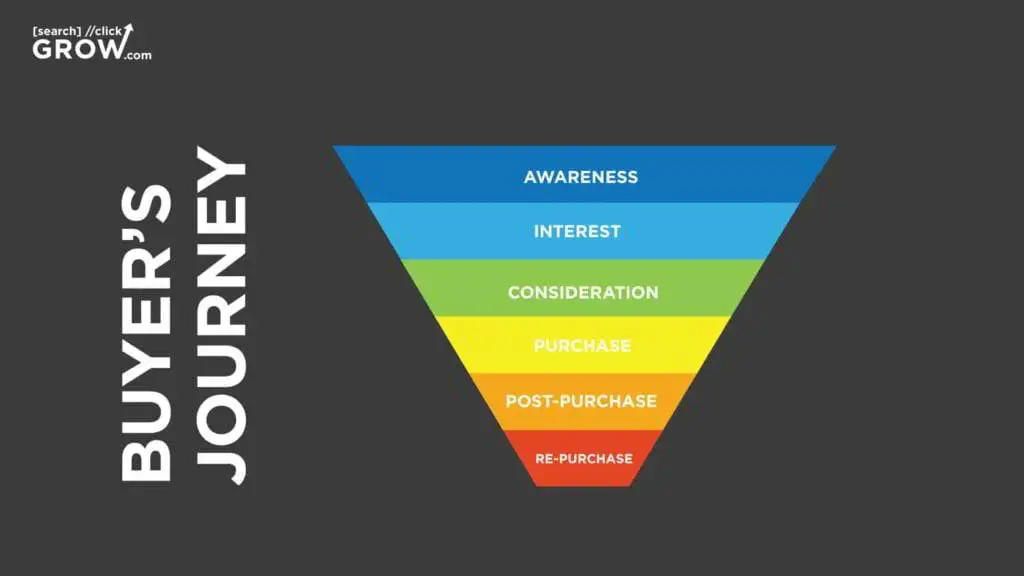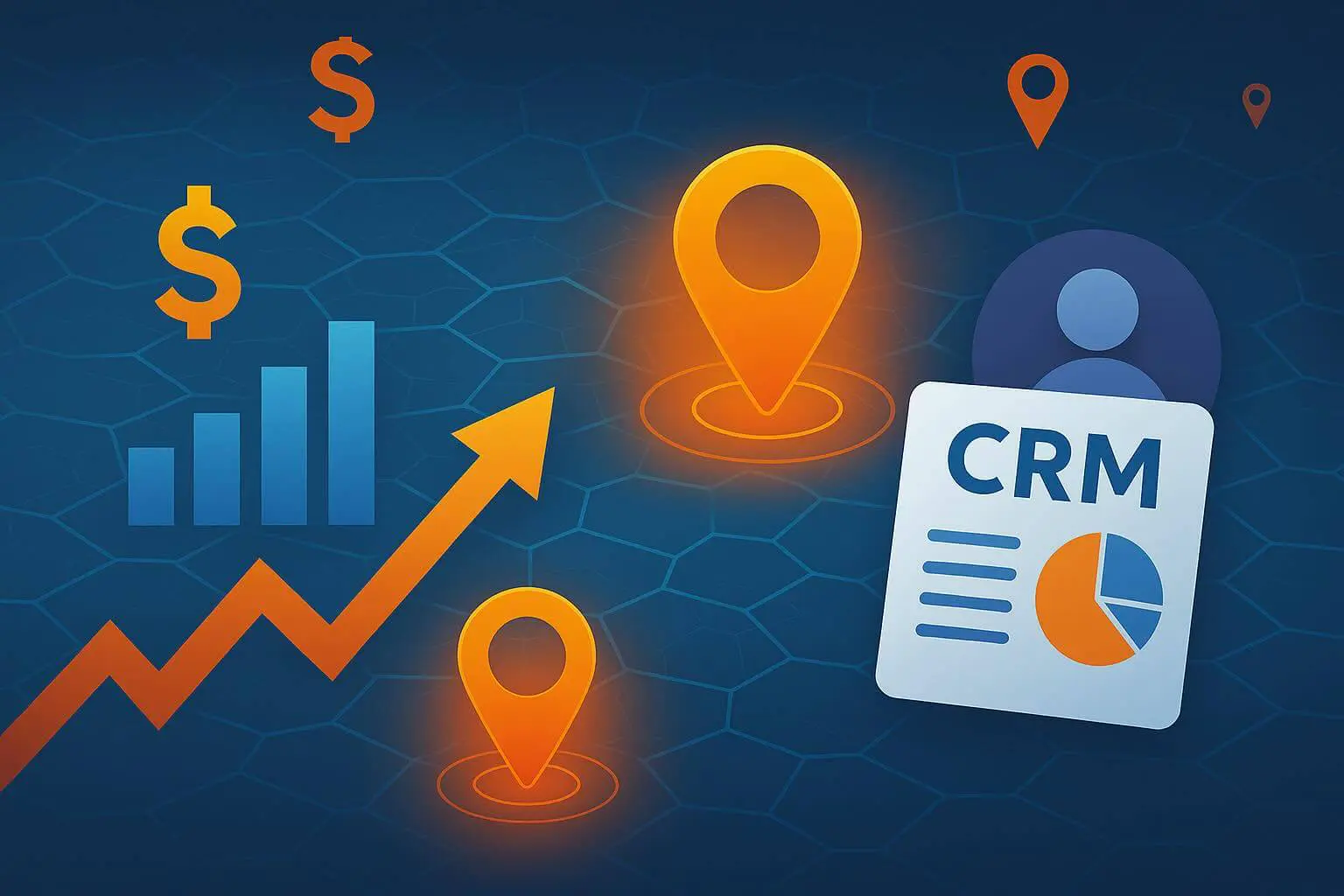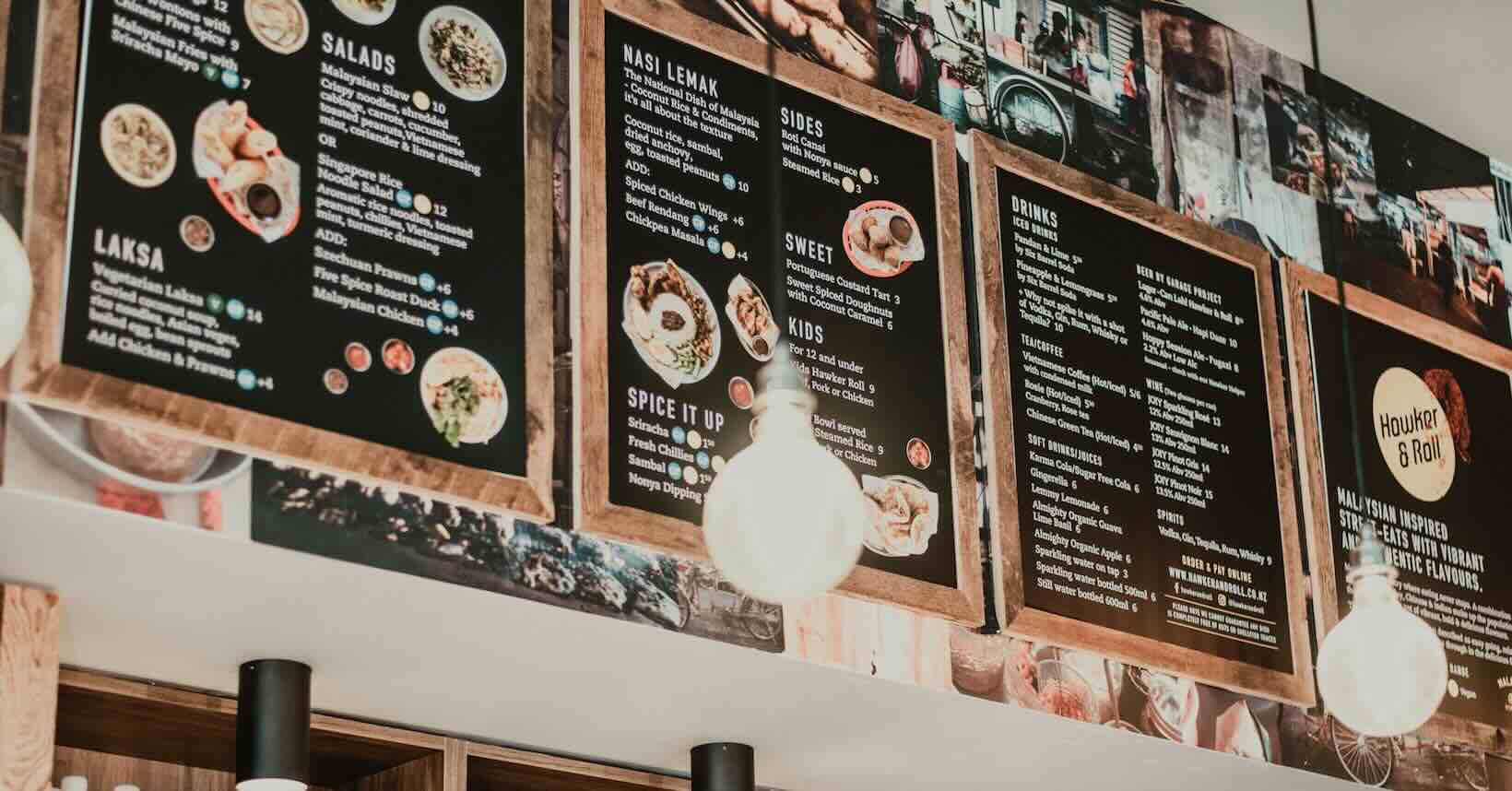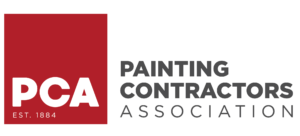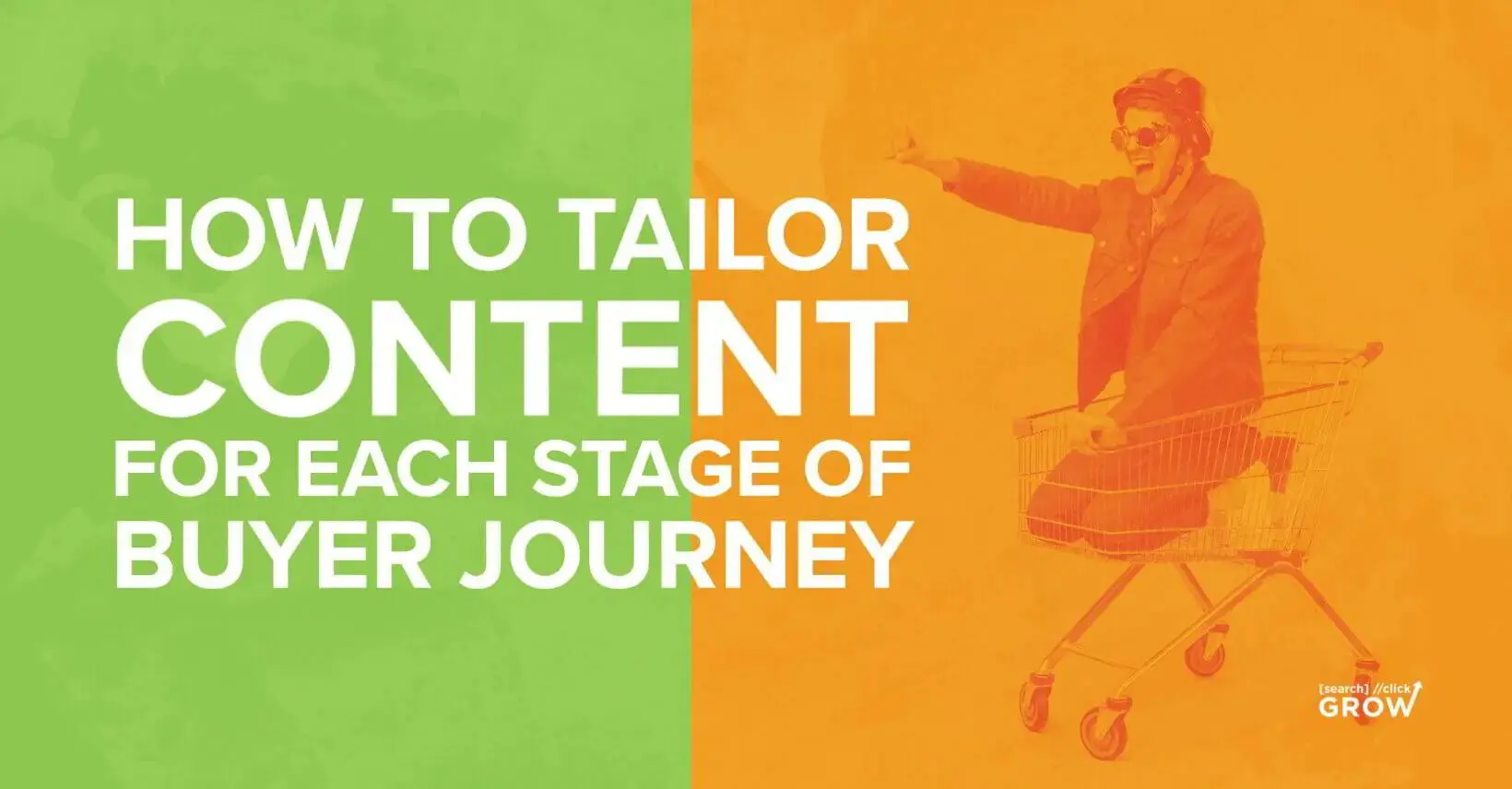
How to Tailor Content for Each Stage of Buyer Journey
It’s always tempting for businesses to go right ahead and create content for all their channels. While it’s great to churn quality content constantly, it will be in vain if they don’t respond to your buyers’ journeys.
Many businesses fail to recognize the importance of tapping into the buyer journey when creating content. In some cases, companies just don’t know how to optimize their content for each stage of the buyer journey, even if they already know it’s a must.
That’s why we’re creating this post to help you sort out this problem. We’ll explain:
- Why You Should Consider the Buyer Journey When Creating Content
- What the Buyer Journey Is
- How Content Relates to Each Stage of That Journey
- How You Can Optimize Your Content on Each Stage of the Journey
Why You Should Consider the Buyer Journey When Creating Content
Do you really need the buyer’s journey when creating content?
The simple answer is yes.
Content creation should always consider the buyer journey so that your consumers will receive the information they can relate to. Otherwise, they’ll just go to your competitors who offer more relevant content than you. And we know you don’t want that to happen.
Quality content creation needs a lot of work. However, you shouldn’t commit the same mistake of creating shiny things such as ads and blog posts right away. Instead, you should first invest your time in knowing what type of content you’re supposed to make for them. That way, you’ll guide them through their buyer journey and finally convert them into buyers.
What Is a Buyer Journey
We’ve talked about how vital a buyer’s journey is in content creation. But, what exactly is it?
According to HubSpot, the buyer’s journey is a “buyer’s path to purchase.”
That means there’s a process that the buyer takes before they make a decision to purchase a product or a service. They have to know the product, do their research, and decide whether they want that product or not.
As a business, you don’t want to think that your buyers just woke up and decided they want you. Also, you can never push them to buy your products or services anymore, just as you would in the past.
Now that the buyer has access to more information, you have to shift your mindset from making a sale to helping them decide. This is why visualizing the process as a buyer’s journey is critical to your success. Your content should serve as a guide or compass to help them decide whether you’re a good fit for their needs.
Like any journey, the buyer’s journey has its own stages, which are broken down into three parts:
- Awareness
- Consideration
- Decision
These stages will serve as your blueprint for creating your content for them. However, there’s no hard and fast rule in following these stages.
There will be instances where you’ll have to proceed on working with Consideration content right away instead of Awareness content. We’ll explain more of that later.
However, knowing these stages will help you understand what a buyer’s journey looks like.
How Does Content Relate to the Buyer Journey
Now that you know a buyer’s journey, it’s time to understand how your content relates to it. As we said, the buyer journey is a strategy that marketers and businesses use to attract leads and nurture them to become buyers.
We’ve laid out the three stages of the journey. In this section, we’ll explain what kind of content you should be putting out when dealing with a customer in each stage of their journey.
Meet the Funnel: A Marketing Staple for Each Business
Before diving in, it’s essential to understand that the buyer’s journey is just like a sales funnel – a tool marketers use to determine how close a customer is to buy a product. To illustrate, people at the top of the funnel are the farthest from making a decision.
Businesses at this stage are doing their best to “attract” them to check them out. On the other side of the funnel are those that already made the purchase and knew how awesome (or terrible) a product is.
They will either become repeat customers or leave the business for a competitor, which largely depends on their experience through the funnel.
As we said, the buyer’s journey is highly similar to the funnel. You can categorize the Awareness audience as those at the top of the funnel. Once they know about you, they’ll start their research and Consider your service. They are now at the center part of the funnel. Finally, they’ll decide to try you out or leave, which is basically the end of the funnel or, in the buyer’s journey, the Decision stage.
What Is the Awareness Stage?
The Awareness stage is where you have to let your customers know that they have a problem or need your service.
Customer awareness takes multiple forms. For one, an audience may already be aware of what they need. They also already know that many services are available for them. However, they may not know that your business or solution exists. In this case, you’ll have to invest in your content to ensure that they know you exist. This may be through advertisements and other content that will introduce your brand to them.
Another form of an awareness campaign is convincing them that they have a problem to be solved. For example, an owner might think they need blog posts and ad copy for their business. However, our experience on Search Click Grow has shown us that they really need a complete system for growth.
Hence, our campaign would mainly focus on making them realize they need a complete system for their business and content creation.
Awareness content may be in the form of:
- Blog posts
- Social media posts
- How-to tutorials
You can use these formats and more to increase your visibility in your niche.
What Is the Consideration Stage?
The next stage of the journey is Consideration. This is perhaps the most critical part of a buyer’s journey since a lot of information is being processed here.
After all, this is where the buyer is doing their research on a lot of things, like:
- Their problem
- Possible solutions
- Businesses that can help them
- Your product or service
You’ll have to compete with businesses and stand out from the rest of the competition to ensure that your customers will seriously consider your offer. You can do various ways to make this happen.
For instance, you can conduct product comparisons between product X and yours. You’ll then have to convince your customer that your product is better than the rest of the competition to help them proceed to the next stage of their buyer journey.
Features, Benefits, and Impacts
But, how will you make them consider you? While nuanced strategies differ for each industry, we use a general practice when creating persuasive content for a customer. This strategy is called laying down a product’s or service’s features, benefits, and impacts.
This strategy is precisely what it sounds like.
- First, you’ll have to lay down your product’s features. In other words, their specifications. What will your customers get from your product? This is typically the content you’ll churn out first as they assess your product on paper.
- Next, you’ll have to lay down the benefits of your features. This is quite different from the features themselves since it tells a customer what they will get from the said feature. For example, let’s say that you’re selling a smartphone. One of its most prominent features is larger storage. The benefit you’ll get is that you can store more files, listen to more music and take more pictures.
- But lastly, you’ll have to consider your product’s impact. This is the most crucial part of your content in this stage to make a powerful case for consideration. Impact discusses how a feature or benefit can change a customer’s life. To continue the example above, more extensive storage means having more music. As an impact, you can listen to more audiobooks and become a more intelligent person.
Consider these three things when doing your content in the consideration stage.
What is the Decision Stage?
The Decision stage is far simpler since this is where your customer acts based on the information they received in the first stages of their journey.
While not as tedious as the first two, the Decision still requires some thought to truly convert your customers. To do this, you’ll need to create compelling calls to action (CTA) for your customers.
Without it, you won’t convert your customers into actual buyers for your business.
How to Optimize Your Content for Buyer Journey
You know what a buyer’s journey is, and you understand how content relates to each stage of that journey. The final step in tailoring content is to optimize your content with the buyer journey in mind.
However, we won’t make a checklist of content types you can use for your following content. Instead, we’ll look at the steps you can take to optimize your content for the buyer’s journey
Understanding Your Products, Services, and Customers
First, you’ll need to understand your product, what problem it solves, and who it’s for. But, how can you do that? At Search Click Grow, we usually create a customer avatar for our clients where we identify:
- The key demographics of your business
- Their core problems
You can’t visualize your customer journey without clearly understanding these aspects.
“The more you know about your customers, the more you can provide to them information that is increasingly useful, relevant, and persuasive.” – Jay Baer.
The Buyer Persona
So, what is a buyer persona? We have a comprehensive guide on what it is and how to make one. So be sure to check that out.
In a gist, a buyer persona is a collection of characteristics of people that are likely to engage with your business. These characteristics may include the following:
- Age
- Job title
- Education level
- Income
- Location
- Social media channels
Of course, you can add more characteristics to your buyer persona based on your need. You can refer to our blog to see a complete template for making one.
We had an experience with a client who failed to identify their buyer persona.
Instead, they wanted their content to be directed to anyone above 18 years old. This is bad practice since you want your content to be as targeted as possible, meaning you have to know all the essential characteristics of your target customers.
Identifying All Your Content Pieces
Once you create your avatar or buyer persona, you need to determine where they are in their journey. For instance, if they’re still not aware that they have a problem, you need to optimize your content to make them aware of that problem. However, when a problem is so obvious, you just need to skip the awareness part and directly make them consider your brand.
Similarly, knowing your customer avatar will help you develop a better consideration piece. For example, suppose your avatar is more on the lower-end side of your company. In that case, you’ll need to consider pricing and value for money. On the other hand, a more affluent buyer will care more about your credibility, which means they want more review pieces from your brand.
So, you need to identify your content pieces and make sure they paint a consistent picture. What we mean by this is that your messaging through your content should uniformly address their needs at their specific stage of the journey.
These content pieces include:
- Advertisements
- Websites
- Phone scripts
- Replies in automation
- Emails
In fact, everything that you churn out and that is digested by your customers is your content. You must identify these content pieces and calibrate their messaging to fit your business’ buyer persona.
Rework Your Content Pieces to Respond to Your Buyer Persona
We understand that you may have already created your own content, and that’s okay.
You don’t need to scrap them and make new content for your business. What we recommend, though, is that you have to update your content to fit your buyer persona and the stage they’re in on their journey.
Recap: How To Tailor Each Content for Each Buyer Journey
Content creation needs a lot of thought. Before considering making great graphics and stunning websites, you first need to go back to the basics and understand your buyers and where they are in their journey.
That way, you can make compelling content for your customers and help them decide whether you’re the right fit.
Crush Your Buyer Journey Content With Search Click Grow
Search Click Grow is a full-fledged marketing solution for businesses that want natural and sustainable growth, even on autopilot. Behind our strategies is the fundamental understanding that our content should respond to the needs of our customers.
If you want to explore a better way of content creation and more, schedule a call with our team, and we’ll help you achieve them faster.
NOTE this will NOT be a sales pitch. We’ll give you pure advice and have a greater insight into your next game plan.

